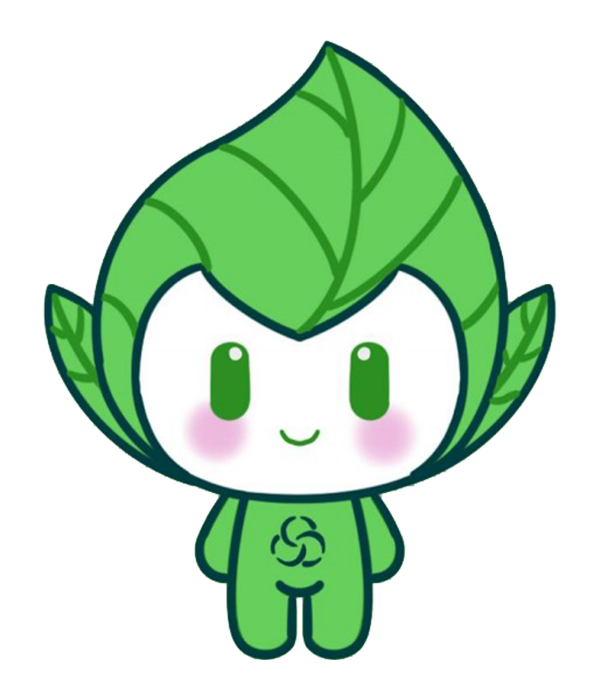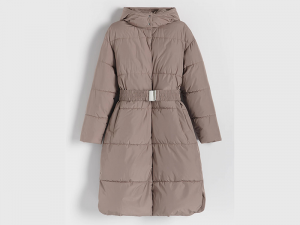Padding is a term used in textile and fashion industries to refer to a layer of material that is inserted between two layers of fabric or attached to the back of a single layer of fabric to provide additional thickness, insulation, or support. It is commonly used in various types of garments, such as jackets, coats, vests, and quilts, as well as in accessories like hats, bags, and footwear. The padding material can be made from various fibers, such as polyester, cotton, wool, or down, and can be either natural or synthetic.
Here are some common types of Padding:
1.Down: Made from the soft feathers of ducks or geese, down is known for its excellent warmth-to-weight ratio. It’s highly compressible, making it easy to pack, but can lose insulating properties when wet unless treated with a water-resistant coating.
2.Synthetic Insulation: Materials like polyester fibers are used to mimic the properties of down. Synthetic insulation retains heat even when wet, dries quickly, and is generally more affordable and easier to care for than down.
3.Fleece: A type of synthetic fabric, often made from polyester, that provides warmth and is soft to the touch. Fleece is breathable and moisture-wicking but is usually used as a lining rather than padding.
4.Wool: Natural wool provides good insulation and moisture-wicking properties. It’s heavier and less compressible than down or synthetic alternatives but offers excellent warmth and is naturally resistant to odors.
5.Thinsulate: A brand of synthetic insulation known for its thin yet highly effective thermal properties. It’s commonly used in outdoor and winter clothing for its ability to provide warmth without bulk.
Purpose of padding:
One of the main purposes of padding is to provide warmth and insulation in cold weather. The padding layer is inserted between the outer shell fabric and the lining fabric to create an insulated barrier that helps to trap body heat and prevent it from escaping. This type of padding is commonly used in winter jackets, coats, and vests.
Padding can also be used to provide support and shape to garments. In this case, the padding material is usually a synthetic foam, such as polyurethane foam, or a natural fiber, such as cotton or wool. The padding is attached to the back of the outer shell fabric or inserted between the two layers of fabric to provide additional thickness and support, especially in areas where the garment needs to maintain its shape, such as in collars, cuffs, and hemlines.
Overall, padding is an essential component of many textile products, providing warmth, support, and protection. It is used in various types of garments and protective gear, and can be made from various fibers, both natural and synthetic. With advancements in materials science and manufacturing technology, the possibilities for padding in textiles are continually expanding, allowing for even more versatile and functional applications in the future.




